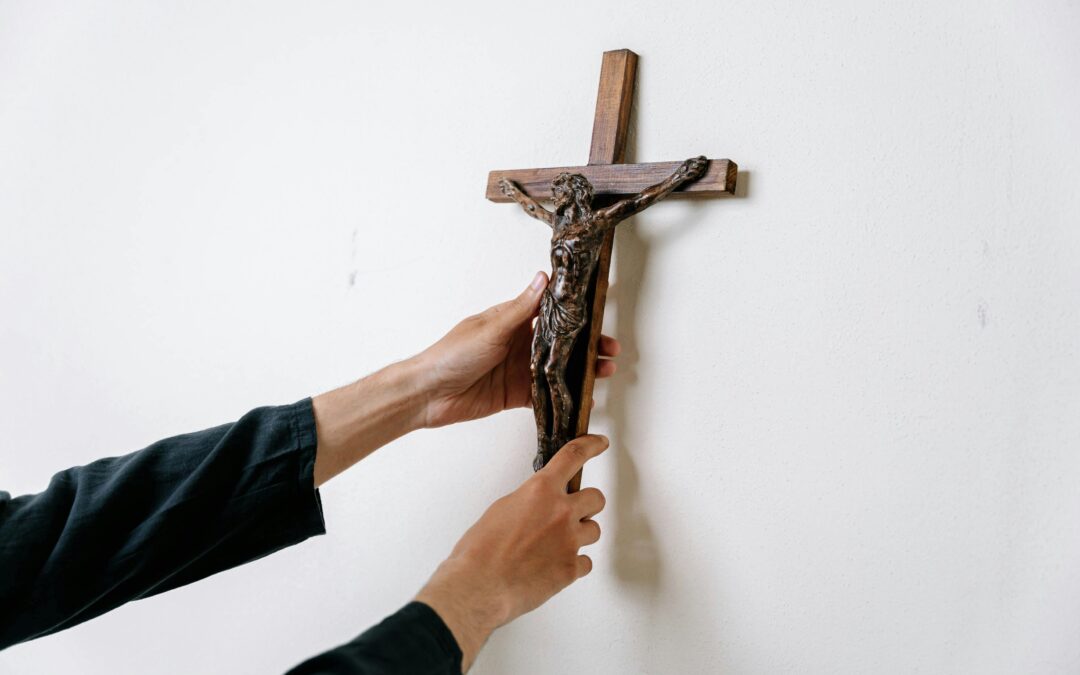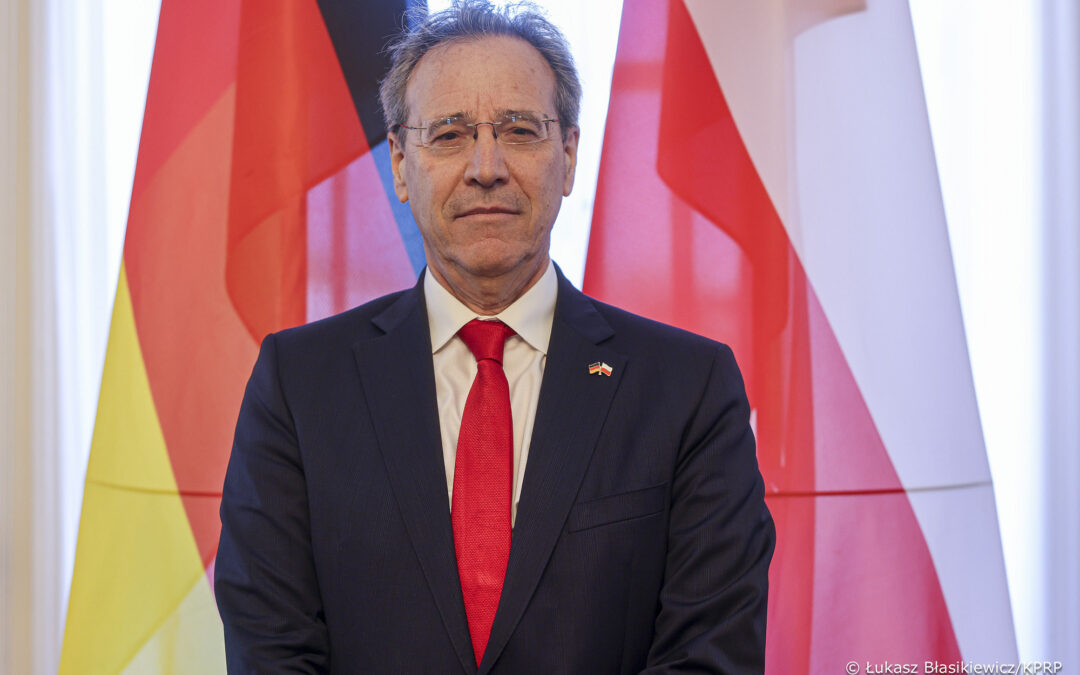The year 2020 had 366 days, but at times felt even longer for many people in Poland and around the world. We take a look at our most-read articles from each month of an often tumultuous and memorable year in Poland.
January
Poland’s biggest annual charity event – the Great Orchestra of Christmas Charity (WOŚP) – once again broke its fundraising record. By the end of its televised finale in January, more than 115 million zloty (€27 million) had been donated. The final total, announced in March, reached over 186 million zloty.
WOŚP, which has been running since 1993, does not normally attract much attention outside Poland apart from among the Polish diaspora that helps raise funds. But this year its organiser, Jerzy Owsiak, pledged to donate part of the proceeds to help victims of the Australian bushfires, drawing interest and gratitude from Down Under.
February
With most Poles still blissfully unaware of the troubles the pandemic would bring, February saw the opening near Warsaw of Europe’s biggest indoor waterpark, Suntago Water World, with its 18 swimming pools and 32 water slides (including Europe’s longest)
The venue has, however, been closed or tightly restricted for much of the rest of the year, due to the measures introduced by the government to mitigate the spread of the coronavirus.
March
Tesco was one of the big international supermarket chains that successfully entered the Polish market in the 1990s. At its peak, the retailer had 450 stores in Poland, its second-most in any foreign country.
However, after years of decline, Tesco all but exited Poland in 2020, closing its online shopping operations in October and selling up most of its remaining shops to Netto. Our deputy editor Maria Wilczek’s analysis of the company’s struggles in Poland was our most-read article in March.
April
When the current ruling Law and Justice (PiS) party came to power in 2015, Poland had just reached its highest ever position of 18th in the annual World Press Freedom Index. Its ranking has declined every year since, and this year Poland fell to its lowest ever position of 62nd.
Among the problems identified by Reporters Without Borders were the government’s “legal harassment” of critical outlets and “transformation [of public media] into propaganda mouthpieces”. PiS and its supporters, however, argue that there has simply been a necessary rebalancing of a media landscape dominated by opposition-supporting outlets.
May
Another unwanted accolade came in May, when Poland was ranked as the worst country in the European Union for LGBT people in the annual “Rainbow Map” produced by ILGA-Europe, a Brussels-based NGO.
Poland’s decline in the index – which takes account of both the legal situation for LGBT people and the social climate they face – came amidst a government-led campaign against “LGBT ideology” that has been taking place since early 2019 (and which we analysed in more detail here).
June
Poland escaped the first wave of the pandemic with among the lowest infection and death rates in the EU. A likely reason is that it introduced one of Europe’s earliest and toughest lockdowns.
This included the suspension of international rail and air links in March, as well as the closing of borders to all except citizens or residents of Poland. From June, these measures began to be relaxed with the reopening of borders and resumption of international flights.
July
Over the summer, it was announced that a new subject, Latin and the culture of classical antiquity, would be added to the core curriculum as an option for secondary school students.
One of the aims is to promote an “understanding [of] Greco-Roman heritage as the conceptual and material foundation of Western civilisation and Polish culture”.
August
After escaping the first Covid wave with relatively few cases – and after the prime minister had declared in July that Poles “no longer need fear” the virus – infections began to rise over the summer. In August they reached what were, at the time, record levels.
In response, the government introduced a traffic-light system of restrictions for districts, which were classified as green, yellow or red based upon local infection rates.
September
In September, a court in Wrocław overturned a rape conviction against a man who had had sex with a 14-year-old girl. The court justified the ruling by pointing to the fact that the girl took a long time to report the incident and that she had not tried to resist the act while it was happening.
Under Polish law, rape is classified as an act that subjects another person to sexual intercourse through force, unlawful threats or deception. In response to the Wrocław ruling, left-wing MPs have launched an effort to expand this definition to include a lack of explicit consent.
October
While COVID-19 cases had been gradually rising since the summer, October saw a sudden and dramatic increase in infections and deaths. In response, the government began to reintroduce restrictions across the country, including requiring many businesses and institutions to close.
Among those forced to shut were gyms. But one enterprising owner tried to evade the measure by declaring her gym to be a shop in which customers could “test” equipment for a fee and a church offering “religious meetings” to promote bodily care.
November
In late October, Poland’s Constitutional Court issued a ruling that would introduce a near-total ban on abortion. In response, hundreds of thousands of people came out onto the streets to protest against the decision. The demonstrations were the largest in Poland’s post-communist history.
The protests featured a number of characteristic symbols. Our managing editor Agnieszka Wądołowska’s explanation of their meaning was our most-read article as the protests continued through November.
December
As elsewhere around the world, Poland’s Christmas was rather different than usual this year due to the pandemic. Among the restrictions put in place by the government was a limit allowing only five guests from outside the home to attend private gatherings.
One thing that did not change was that children received their presents on Christmas Eve (Wigilia). However, the identity of the character who brings those gifts varies depending on the region in which one lives, as Szymon Pifczyk explained in our most popular article this month.
We hope you have found our reporting informative, interesting and inspiring this year. As an independent, nonprofit media organisation funded entirely through donations and grants, we can only keep doing this with your support.
Many thanks to the hundreds who have donated already. If you would like to join them in helping us continue our work, please click here.
Main image credit: Jakub Porzycki / Agencja Gazeta

Daniel Tilles is editor-in-chief of Notes from Poland. He has written on Polish affairs for a wide range of publications, including Foreign Policy, POLITICO Europe, EUobserver and Dziennik Gazeta Prawna.




















